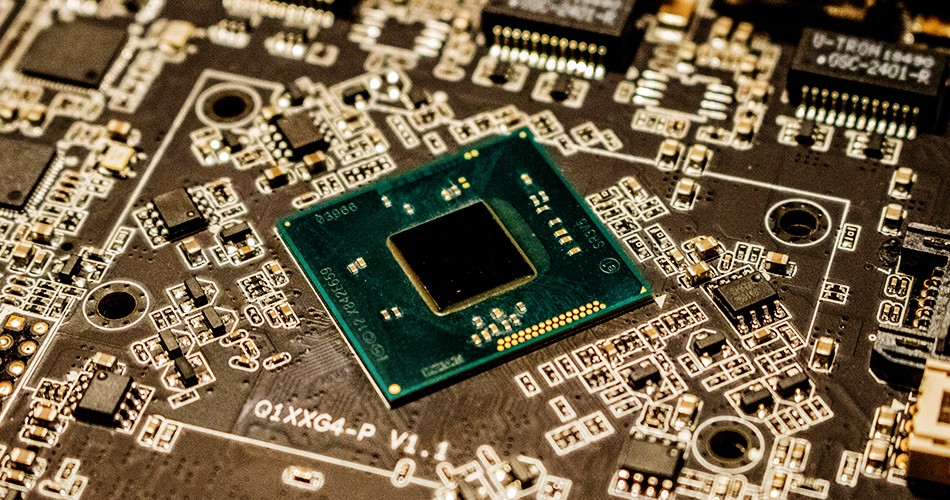- English
- Español
- Português
- русский
- Français
- 日本語
- Deutsch
- tiếng Việt
- Italiano
- Nederlands
- ภาษาไทย
- Polski
- 한국어
- Svenska
- magyar
- Malay
- বাংলা ভাষার
- Dansk
- Suomi
- हिन्दी
- Pilipino
- Türkçe
- Gaeilge
- العربية
- Indonesia
- Norsk
- تمل
- český
- ελληνικά
- український
- Javanese
- فارسی
- தமிழ்
- తెలుగు
- नेपाली
- Burmese
- български
- ລາວ
- Latine
- Қазақша
- Euskal
- Azərbaycan
- Slovenský jazyk
- Македонски
- Lietuvos
- Eesti Keel
- Română
- Slovenski
- मराठी
- Srpski језик
Hot air reflow soldering in PCBA processing
Hot air reflow soldering in PCBA processing is a common and important soldering process. It uses hot air to melt solder and connect it with components on the surface of PCB to achieve high-quality soldering connection. This article will explore the hot air reflow soldering technology in PCBA processing, including its working principle, advantages, application scenarios and operating precautions.

Working principle
Hot air reflow soldering is a soldering process that heats solder with hot air to melt it and then connects it with components on the surface of PCB. Its main steps include:
1. Apply solder paste: Apply an appropriate amount of solder paste to the soldering area on the surface of PCB to form solder joints when hot air is heated.
2. Component installation: Install components accurately on PCB and ensure that components are in contact with solder paste.
3. Hot air heating: Use a hot air reflow oven or reflow soldering machine to heat the soldering area to melt the solder paste.
4. Cooling and solidification: While melting the solder, the components and the PCB surface form solder joints, and the soldering is completed after the solder cools and solidifies.
Advantages
1. High-quality soldering: Hot air reflow soldering can achieve high-quality soldering connections, and the solder joints are uniform and firm.
2. Wide range of applications: Suitable for various types of components and PCB boards, including surface mount technology (SMT) and plug-in components.
3. High production efficiency: Hot air reflow soldering has a fast speed, which can achieve mass production and improve production efficiency.
4. No contact required: Hot air soldering is non-contact and will not cause damage to components. It is suitable for scenarios with high requirements for components.
Application scenarios
Hot air reflow soldering is widely used in various links in PCBA processing, including but not limited to:
1. Surface mount technology (SMT): used for soldering of SMT components, such as chips, capacitors, resistors, etc.
2. Plug-in components: used for soldering of plug-in components, such as sockets, switches, etc.
3. Reflow process: used for reflow process, such as hot air reflow soldering to achieve soldering connection of multi-layer PCB boards.
Operation precautions
1. Temperature control: control the hot air temperature and heating time to ensure that the solder paste is fully melted but not overheated.
2. Solder paste selection: select the appropriate solder paste type and viscosity to ensure soldering quality and stability.
3. Component installation: ensure the correct installation and position of components to avoid soldering deviation or short circuit.
4. Cooling treatment: after soldering, the solder joints are properly cooled to ensure that the solder joints are solidified and stable.
Conclusion
As one of the commonly used soldering processes in PCBA processing, hot air reflow soldering has the advantages of high quality and high efficiency, and is suitable for various types of components and PCB boards. In actual applications, operators need to pay attention to controlling the soldering parameters and process flow to ensure soldering quality and stability. Through hot air reflow soldering technology, high-quality soldering connections can be achieved during PCBA processing, improving product quality and production efficiency.
Send Inquiry
-
Delivery Service






-
Payment Options









